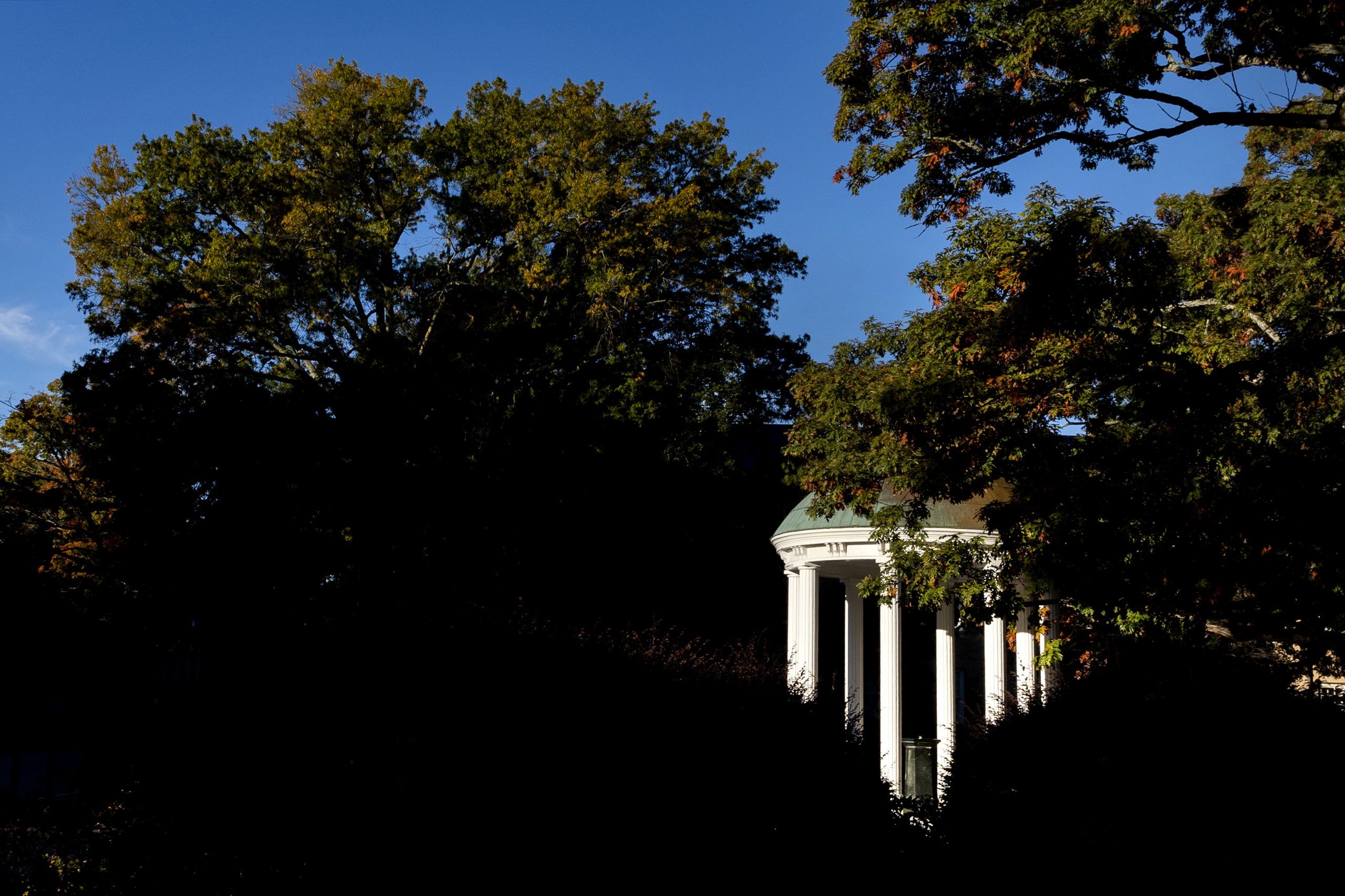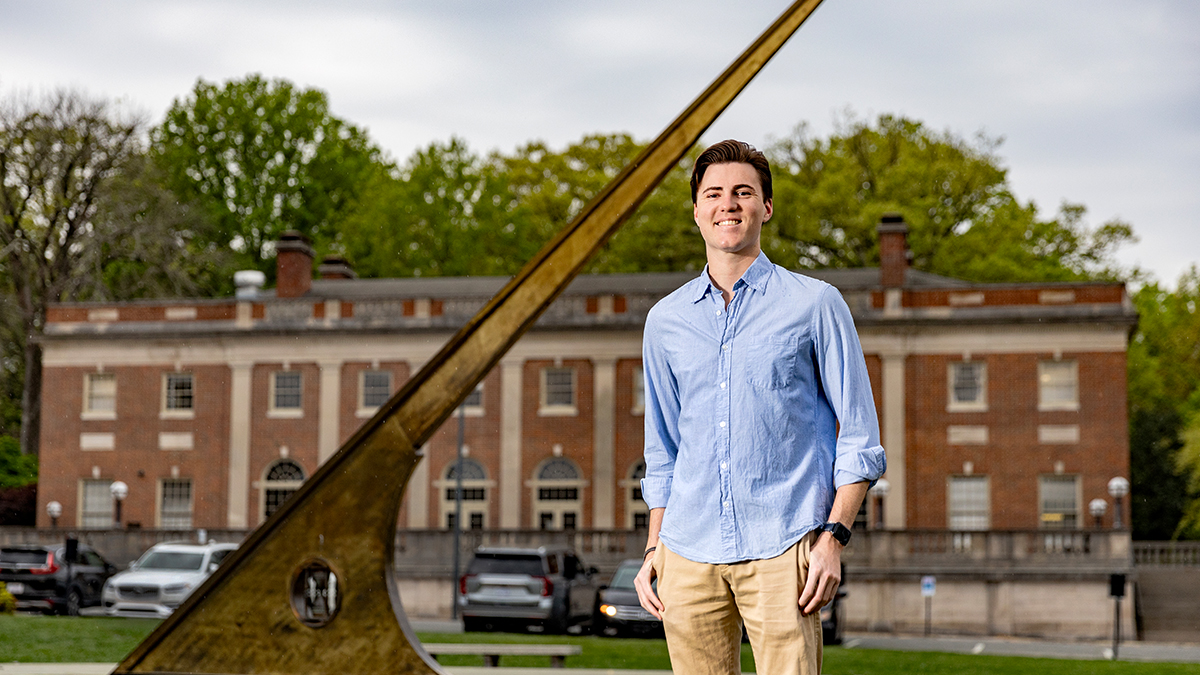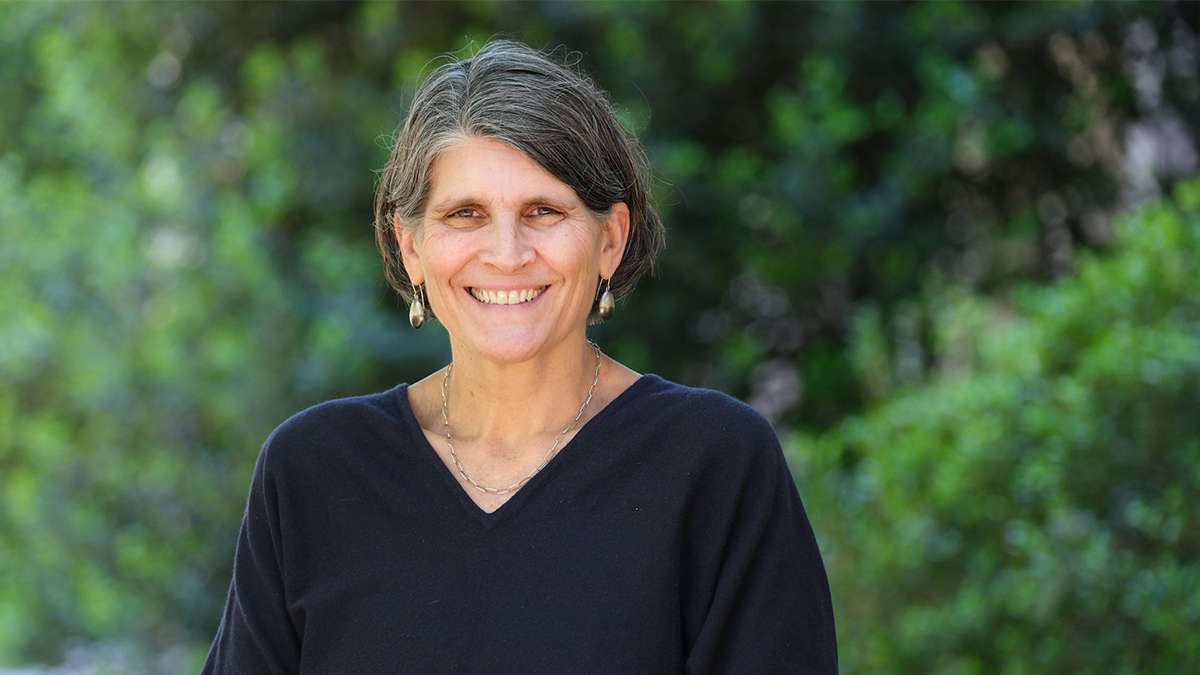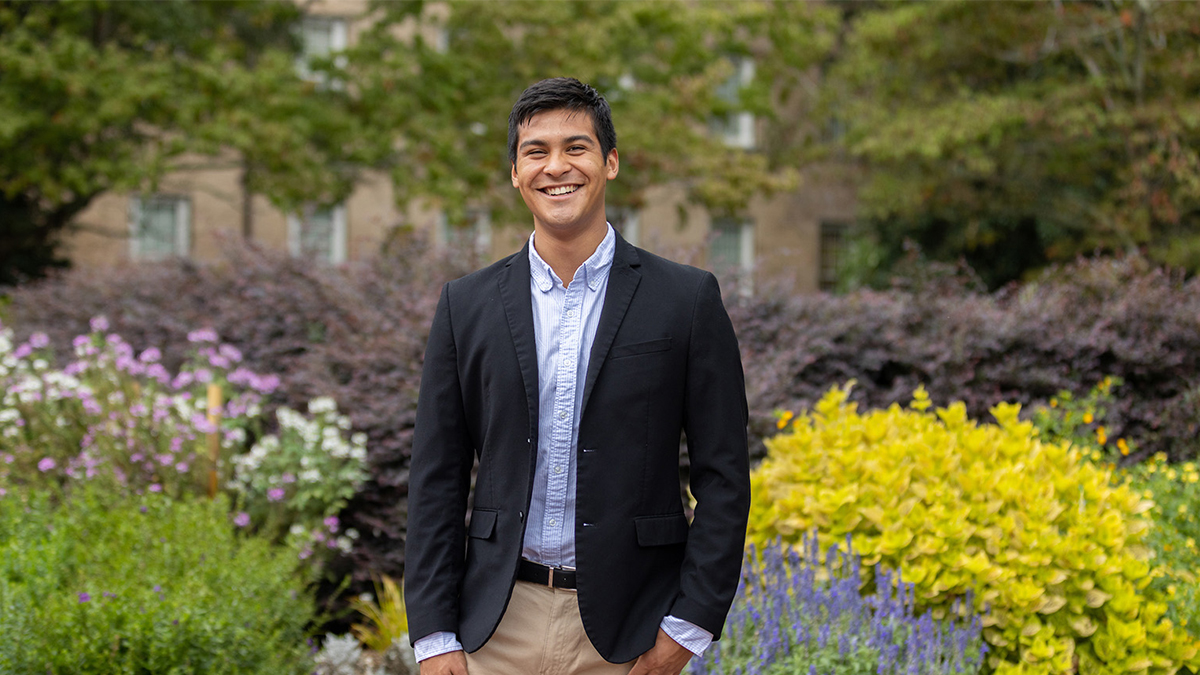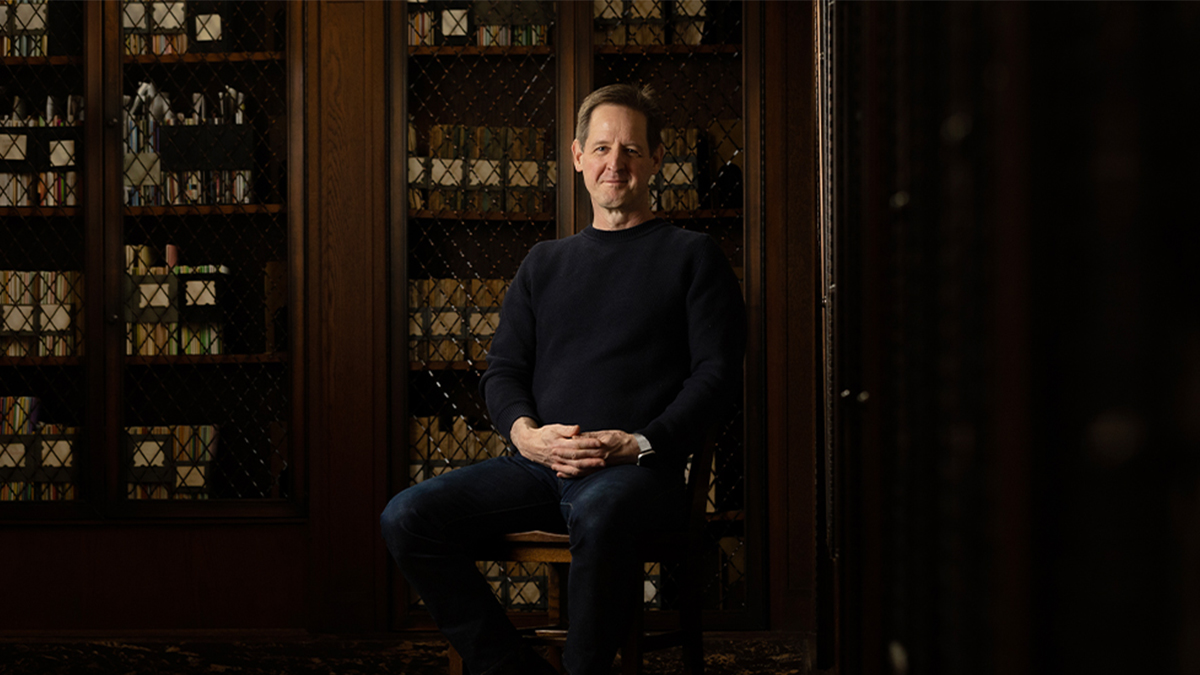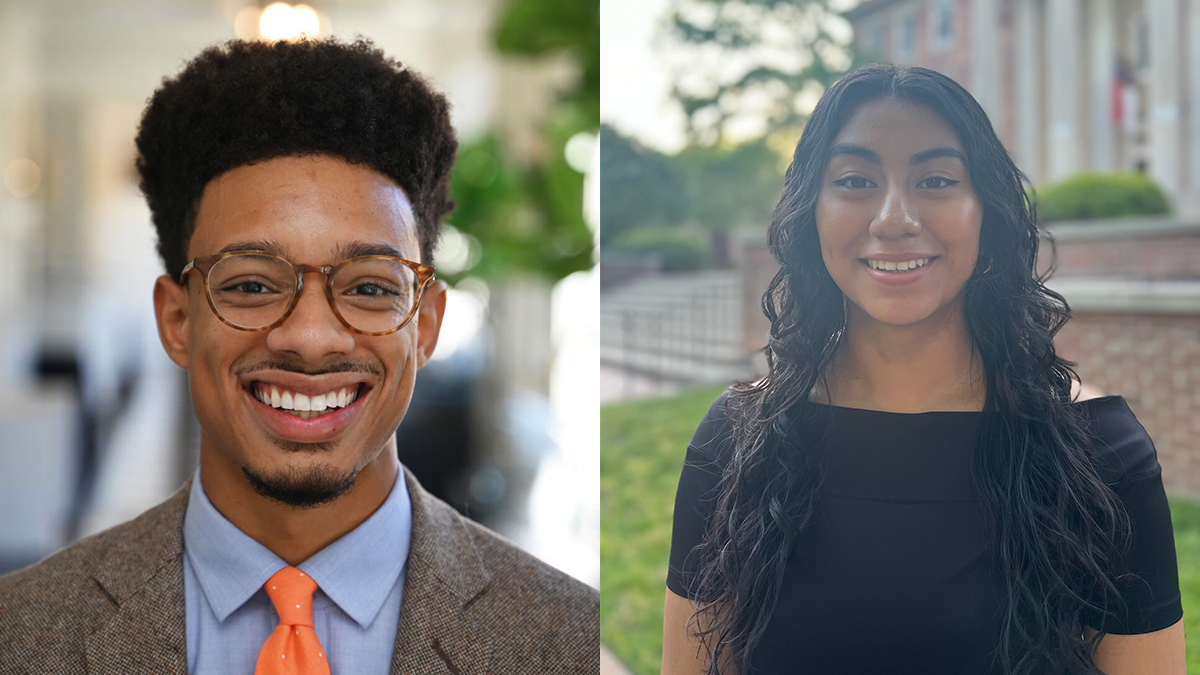Why are we fascinated by true crime?
Carolina experts in law and journalism say it’s partly the thrill of a mystery and partly the search for justice.
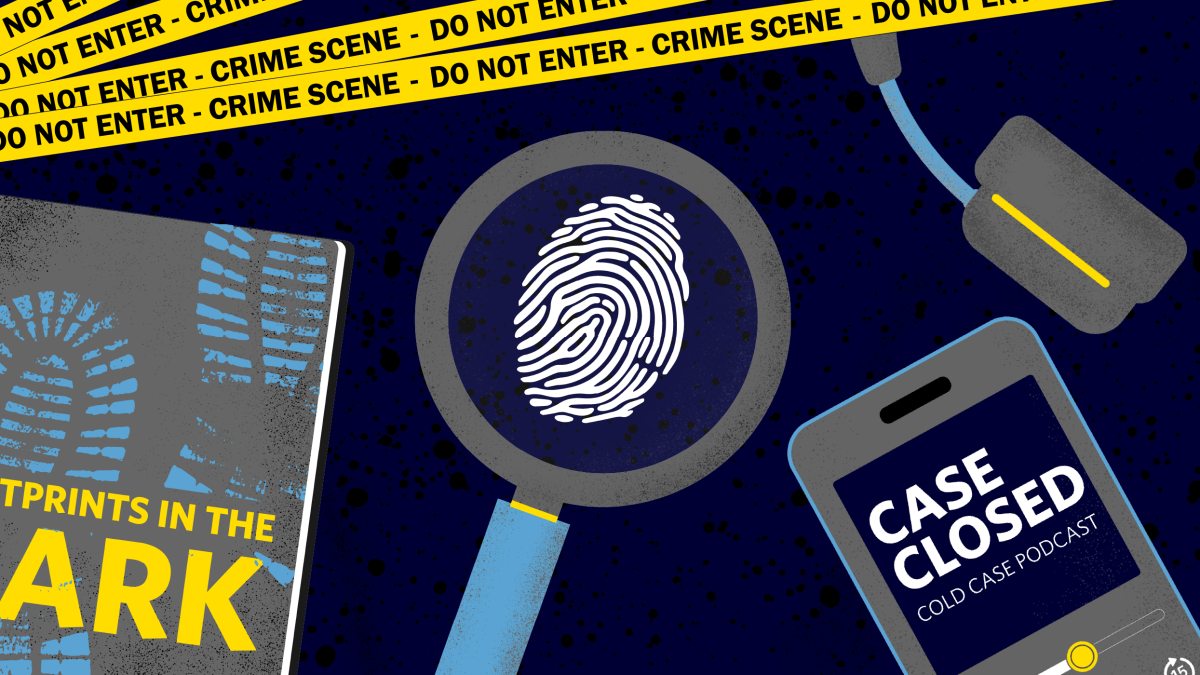
True crime stories enthrall millions of people, with entire networks and YouTube channels devoted to the topic. Books like “Killers of the Flower Moon” and “Say Nothing,” cable series like “Tiger King” and “The Staircase” and podcasts like “You Didn’t See Nothin” are among the latest examples of an interest that dates to 16th-century pamphlets about sensational crimes.
The fascination with true crime stems from several causes, say experts from Carolina’s schools of law and journalism. People are drawn to these sensational stories by curiosity about the motivations of the criminals, concerns about justice and the legal system and the thrill of solving a real-life whodunnit.
Patricia Bryan, Henry P. Brandis Distinguished Professor of Law emerita, co-authored a book about a murder from more than 100 years ago and how newspaper coverage sensationalized it. “Midnight Assassin: A Murder in America’s Heartland,” written with her husband, Thomas Wolf, examines the killing of Iowa farmer John Hossack in 1900 and the trial of his wife, Margaret Hossack. It focuses on many of the same things as TV shows and podcasts, while including history, culture, mental health issues, rural isolation, views of women and legal strategies.

Patricia L. Bryan. Photo by Steve Exum.
Among their sources, Bryan and Wolf document the trial with newspaper accounts. They also assess those accounts, particularly those of reporter and playwright Susan Glaspell, for cultural and historical insights. One excerpt from the Des Moines Daily Capital addressing public fascination with the trial reads like a modern true-crime TV script: “People listen to it because it baffles them. On their faces are constantly the questions: ‘Could she really have killed him like that? What drove her to such a thing? What was that secret in the Hossack house that John Hossack said he would keep in his breast until he died? If she did not hit him with ax, who did and why?’”
Such reporting led readers to ask questions about the criminal’s motives. “What drove the person? Was the person a psychopath? Was it triggered by domestic violence?” Bryan said. “Statistics show that most murderers know their victims, which often makes people wonder about their own relationships.”
During his 16 years of working for local television, Charlie Tuggle saw true crime still being covered in sensationalistic ways. Reporters took pride in their work and wanted people to see it but also complained about having to get good ratings, said Tuggle, John H. Stembler Jr. Distinguished Professor at the UNC Hussman School of Journalism and Media. Tuggle told reporters, “We want ratings because . . . no ratings, no show. No show, no paycheck.”

Charlie Tuggle.
Tuggle said that true crime’s appeal stems from a sense of justice and feeling that the justice system broke down in some cases. “The murderer winds up not paying consequences,” Tuggle said. “Maybe it’s ineptitude by the investigators or prosecutors, or even malfeasance where people get bribed. This person committed a murder and should pay.”
Bryan also attributed the appeal of sensationalistic true-crime podcasts and TV shows to their typical structure as a mystery with the killer’s identity being revealed at the end. “That encourages listeners to examine the evidence and figure out what happened on their own,” she said.
“It’s escapism and entertainment,” said Bryan. “It speaks to why people go into haunted houses or ride a roller coaster. There’s something about facing danger when it’s not real, it’s not personal. People like to be scared or like to see the dark recesses of someone’s mind. Some people would say it helps us prepare for the violence in our own lives.”
